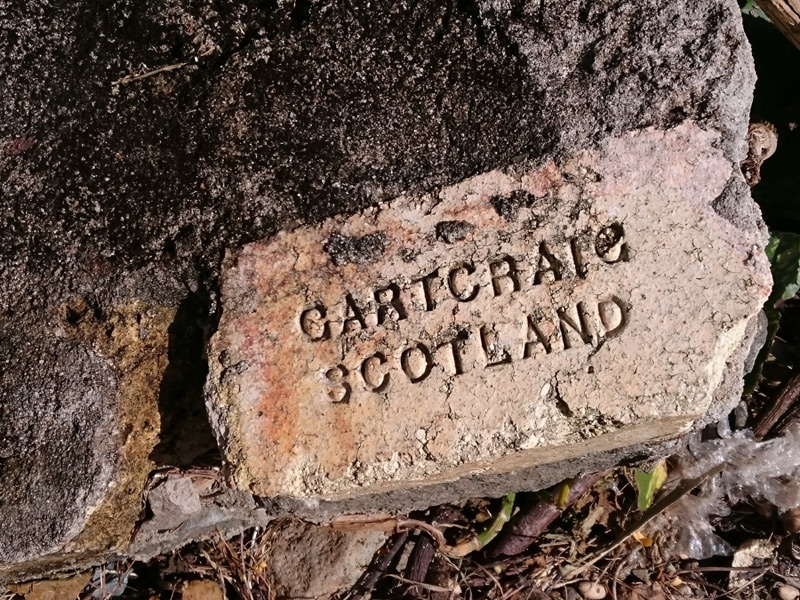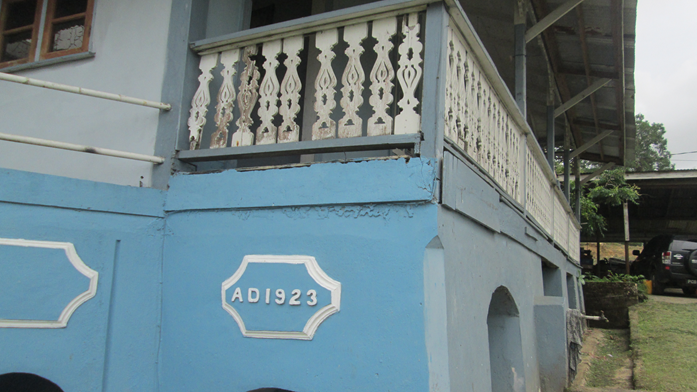
Living in, or nearby a historic building can engage your curiosity. Ever wonder about the story behind your historic house? Or even a historic property down the street? Could be an old post office, warden’s office or just something that has been there seemingly forever?
Heritage sites are known for the memories they hold as well as the special architectural features hand crafted in a time when your grandmother’s stories seemed modern. So it makes sense that we want to find out more about these special places. Such as: who lived in these buildings, why was it built, how has it changed over time.
At this point you’re thinking if only walls could talk, it would save you all the work right? It’s ok, here are some tips to help get you started on discovering the story behind your historic home or property:
1.Closely observe your house.
You don’t have to be a trained professional to take a closer look at the features of your house or any historic building. Check for bricks; look particularly for those stamped with a manufacturer’s logo. This can go a long way to finding out more about the site. For wooden houses check for dates or remnants of dates placed on the buildings. Look at the style of the house and ask someone like a historian or architect about that style and what era it belonged to. Many features can be traced back to popular period styles.

2. Talk to people.
Older residents in the area may know about who lived there before you. Oral histories are key to uncovering the past in communities. There may be families who have lived in your area for generations and may have some family stories to tell about your place. These can be the breadcrumbs that lead you to the information you’re looking for.
3. Explore the neighbourhood.
Looking at nearby sites can uncover more information by learning the history of the area. Are there other older buildings that look similar? How does your house fit in? How old is the city or town you live in? Did any major events take place in the area? For example: Was your home, or any other nearby building, designed by a noted architect? Or even built during an era such as the Railway era.

4. Examine land and Property records.
Visit the Division of Surveys and Mapping and ask about historical maps of the area or Cadastral sheets. Explore the location. What was it called before? Was it part of a bigger estate? Cocoa, coffee, sugar or coconuts? For example, was that whole area an old estate and was your house a part of it? Look for listed sites on our Inventory of Properties of Interest. These listed properties may tell you more about your area.
5. Research.
The National Archives holds records of people, places and things from our nation’s past. Ask to see old photographs they might have of your house or the surrounding land. Take a look at old newspapers such as the Trinidad Gazette, which may show events or specific articles that reference history of the local town. Check out publications by local historians such as Michael Anthony and Angelo Bissessarsingh who have done extensive research on their hometowns, these is readily available at libraries or the National Trust Resource Centre.

6. Archaeology.
Your backyard can be a great place to find artefacts. You may find buried treasures such as old glass bottles, ceramics and even pieces of metal…perhaps from the railway era? Examine these finds carefully as you might be able to tell the age of the artefact by the style or you may get lucky and spot a manufacture date! Even old furniture and old tools that were manufactured during a certain era can narrow down some dates. How exciting!*
7. Read.
Visit a University library or nearby NALIS – The Heritage library and UWI library have many books on history, heritage and more. There are many books out there to guide you further in your research. Check out the National Trust Resource Centre open to all members and no appointment needed!
No degree required to investigate your area and build an appreciation of what we have in our twin islands. While the National Trust strives to encourage an understanding of preservation and history we are aware of many historic properties that are privately owned and not listed under the Act and we welcome any information you might find. Doing your own investigation can help you uncover things about your family’s past, your community and the nation.
*Should you require more information on an artefact, or a professional archaeological dig, please contact the Archaeology Centre at the University of the West Indies, St. Augustine.

